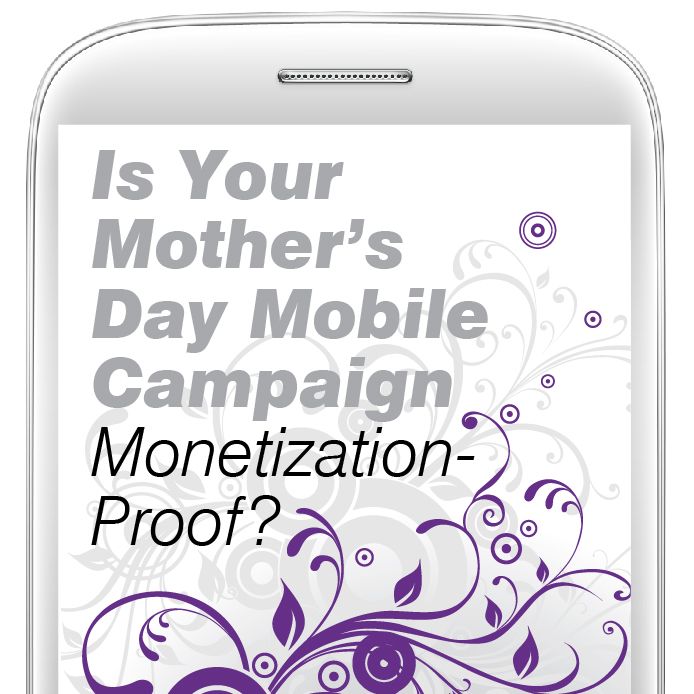By Tim Cronin
 With users turning to mobile instead of their desktops and
laptops, the idea of ‘smart travel’ couldn’t be any more prevalent than it is
today. According to the ComScore
MediaMetrix 2.0, nearly 40 million people age 18 and older visited a travel
destination via mobile browser or app on their smartphone, representing 2 in
every 5 smartphone owners accessing from a device running the iOS, Android or
Rim operating systems. While TripAdvisor Media led the pack as the top travel
destination for smartphone owners with an audience of 6.7 million visitors, Expedia
and Southwest Airlines took the next two spots with 6 million visitors and 4.1
million visitors, respectively. Now add to the fact that almost 95
percent of all Android and iOS mobile traffic to travel-related content
comes from mobile apps. So I wanted to highlight a few travel apps that don’t
just simplify the travel process (from start to finish), but monetize too.
With users turning to mobile instead of their desktops and
laptops, the idea of ‘smart travel’ couldn’t be any more prevalent than it is
today. According to the ComScore
MediaMetrix 2.0, nearly 40 million people age 18 and older visited a travel
destination via mobile browser or app on their smartphone, representing 2 in
every 5 smartphone owners accessing from a device running the iOS, Android or
Rim operating systems. While TripAdvisor Media led the pack as the top travel
destination for smartphone owners with an audience of 6.7 million visitors, Expedia
and Southwest Airlines took the next two spots with 6 million visitors and 4.1
million visitors, respectively. Now add to the fact that almost 95
percent of all Android and iOS mobile traffic to travel-related content
comes from mobile apps. So I wanted to highlight a few travel apps that don’t
just simplify the travel process (from start to finish), but monetize too.
TripIt
One of the advantages of booking travel via mobile devices is
that you can instantly access important details, such as flight confirmations
and detailed itineraries. The TripIt app for iPhone and Android takes it one
step further and lets users combine all of their flight information into one
convenient location. As cool and useful as this app is for consumers, its
developers knew that the app couldn’t survive just on adding users alone; they
needed to monetize it. Frequent fliers like myself, who often spend two weeks
out of each month on flights, in airports, in rental cars, and in hotels, can
upgrade to TripIt Pro for an annual fee of $49. What’s great here is the clear
delineation of benefits between the free app and the upgraded Pro version.
Users who are less inclined to pay the annual fee of $49 won’t have their
in-app user experience disturbed by ads or in-app purchases. However, those
frequent travelers who care more about the long-term convenience and simplicity
won’t blink twice about forking over the annual $49 fee for the Pro version.
The TripIt app is a great example of why it’s important for app developers to
understand who their target audience is, and tailor their monetization
strategies accordingly.
HotelTonight
Since its January 2011 launch, last-minute hotel booking app
HotelTonight has made some big strides and as of January 2013, hit a huge milestone
with four million downloads in the last two years. As HotelTonight CEO Sam
Shank stated: “Mobile technology has revolutionized the way we plan our lives,
totally shifting our mindset and approach to travel. We are no longer tied to
pre-planned itineraries, but empowered to make spontaneous decisions about
where to go and for how long.” I couldn’t agree more. The app, currently
available in 10 countries and 80 destinations around the world, is in a very
crowded and competitive market facing off against apps like Hot Hotels (UK
& Ireland), Blink Booking (Spain) and JustBook (Germany). What better way to
stand out amidst the crowd than to monetize? That’s exactly what the app did
with the release of its 4.0 version in September, leveraging geo-location
targeting to give users more personalized recommendations based on their exact
location, booking history and feedback.


